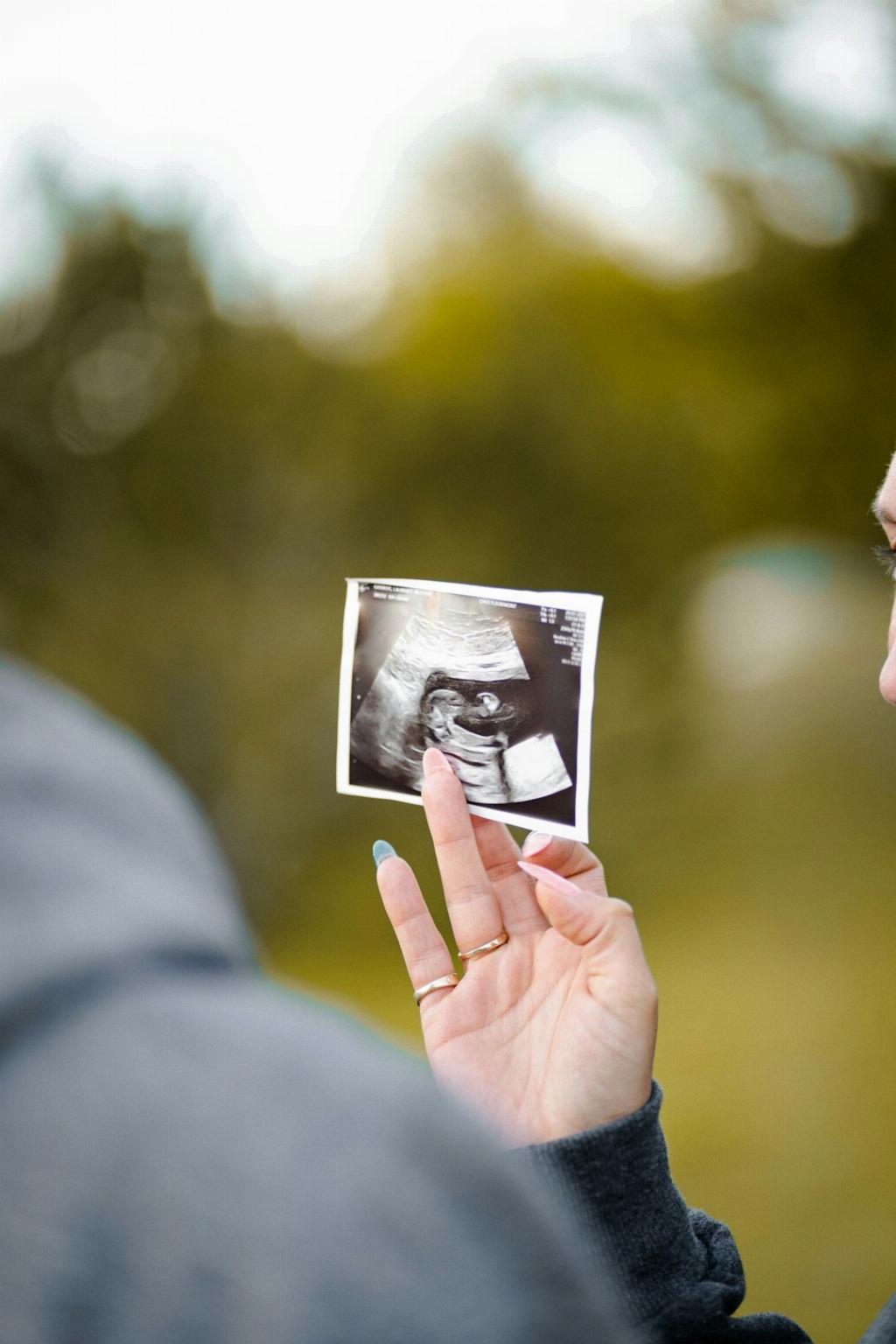Many people may wonder how to distinguish between a fat belly and a pregnant belly, especially during the early stages of pregnancy when the physical changes may not be as apparent. It is essential to understand that the signs may vary for each individual, but there are some key differences to consider. Let’s delve into the details to help you differentiate between the two.
Observing Belly Texture
One way to differentiate between a fat belly and a pregnant belly is by observing the texture of the abdomen. A fat belly tends to feel soft to the touch due to the presence of subcutaneous fat. In contrast, a pregnant belly may feel firmer, particularly after the 12-week mark, as the uterus expands to make room for the growing baby, resulting in a harder feel.
Examining Belly Shape
Another significant difference lies in the shape of the belly. A fat belly typically exhibits multiple fat layers around the stomach area, leading to a more rounded appearance. In contrast, a pregnant belly often presents as a protruding abdomen with a smooth, dome-like shape, especially as the baby continues to grow and the uterus expands.
Considering Weight Distribution
When trying to distinguish between a fat belly and a pregnant belly, it is crucial to consider the distribution of weight in the abdominal region. In the case of a fat belly, excess weight tends to be distributed throughout the stomach area, resulting in a more uniform appearance. Conversely, a pregnant belly may appear more concentrated in the lower abdomen, where the uterus is situated as it expands to accommodate the developing fetus.
Noting Changes in Size
Monitoring changes in the size of the belly can also provide clues about whether it is a fat belly or a pregnant one. A fat belly may fluctuate in size based on factors such as diet and physical activity, while a pregnant belly typically undergoes gradual and consistent growth as the pregnancy progresses.
Assessing Other Physical Symptoms
Aside from visual cues, paying attention to other physical symptoms can aid in distinguishing between a fat belly and a pregnant one. For instance, individuals with a pregnant belly may experience pregnancy-related symptoms such as morning sickness, breast tenderness, and changes in appetite, which are not typically associated with a fat belly.
Seeking Medical Confirmation
If you are uncertain about whether your belly is due to fat accumulation or pregnancy, consulting with a healthcare provider can offer clarity. A medical professional can perform a physical examination, ultrasound, or other tests to confirm the presence of a pregnancy and provide accurate information about the condition of your abdomen.
Understanding the Emotional Impact
It is essential to recognize the emotional impact of body changes, whether related to weight gain or pregnancy. Both situations can evoke various feelings and concerns, and seeking support from loved ones, friends, or mental health professionals can help navigate these emotions effectively.
Maintaining Overall Health
Regardless of whether your belly changes are due to fat accumulation or pregnancy, prioritizing overall health and well-being is crucial. Engaging in regular physical activity, consuming a balanced diet, staying hydrated, and getting an adequate amount of rest can support your body during different life stages and transitions.
Embracing Body Positivity
Embracing body positivity and self-acceptance is key to fostering a positive relationship with your body, irrespective of its appearance. Understanding that bodies come in diverse shapes and sizes, and that each body is unique and beautiful, can help promote self-confidence and self-love.
Conclusion
In conclusion, being able to tell the difference between a fat belly and a pregnant belly involves considering various factors such as belly texture, shape, weight distribution, size changes, physical symptoms, and seeking medical confirmation when needed. By understanding these distinctions, individuals can navigate body changes with greater awareness and confidence, promoting overall well-being and self-acceptance.

